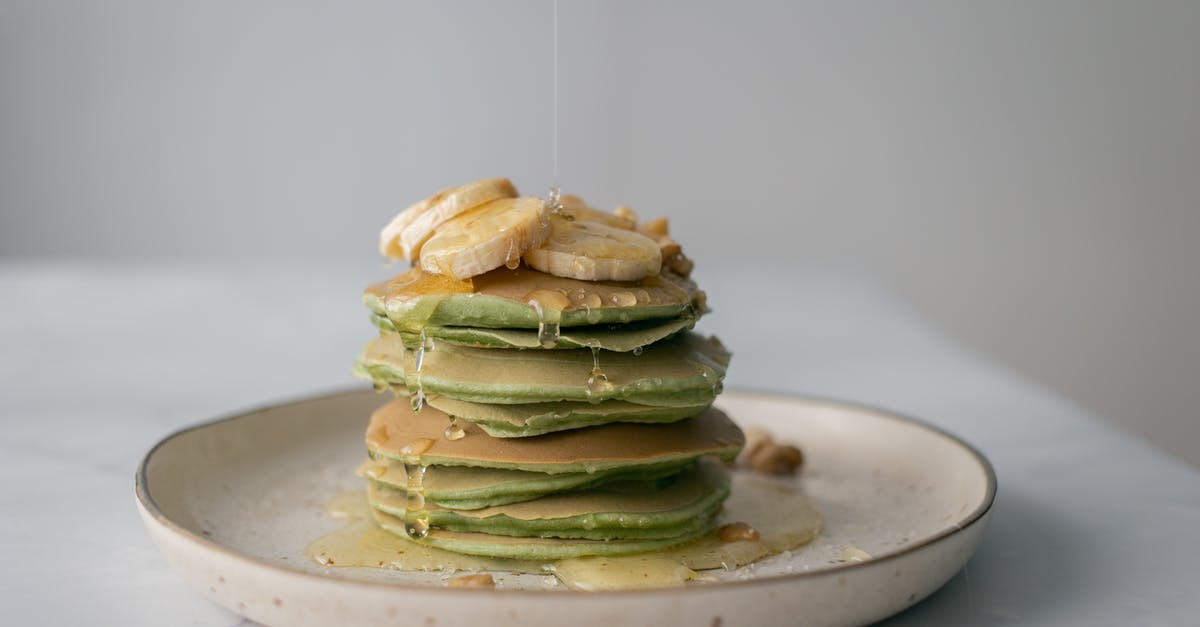Why does my baked custard form a skin on it?

I baked my custard in a slow oven for an hour, placing my ramekins in a roasting pan filled half with water. The taste and consistency were good but after it was baked, it had a skin on it. Where did I go wrong?
Best Answer
You did absolutely nothing wrong; this is completely normal.
When exposed to the air, custards (and other hot milk products, like real hot chocolate made with actual milk) will form a skin as the proteins irreversibly polymerize. This is analogous to the way a skin will form on the top of a paint can left open.
You can prevent the skin by pressing film wrap or parchment directly onto the surface of the custard, preventing air contact after it is cool enough (tough to do with baked custards, but you can peel the skin if you do not wish to serve it). Of course, this is a trade off, as you will affect the surface appearance of the custard when you remove the covering.
Side note: the skin is perfectly edible; some people like it, others do not.
Pictures about "Why does my baked custard form a skin on it?"



Old Fashioned Baked Custard | Old School Recipes #9
Sources: Stack Exchange - This article follows the attribution requirements of Stack Exchange and is licensed under CC BY-SA 3.0.
Images: Monstera, Monstera, Maria Orlova, Armin Rimoldi
